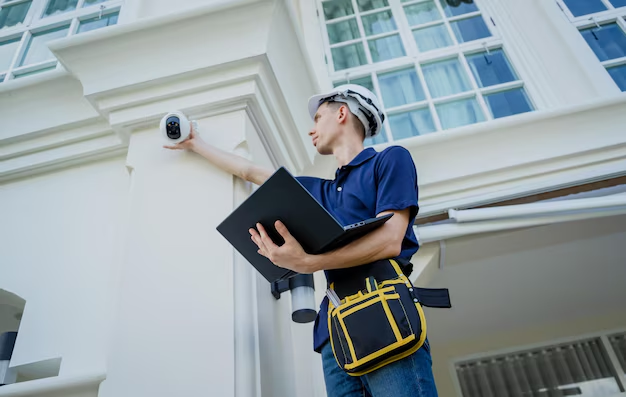Spotting Structural Issues in Your Home: Key Signs to Watch For
Owning a home can be a source of great pride, but it's also a big responsibility. Ensuring the safety and stability of your home requires regular maintenance, and learning how to identify structural problems is essential. These issues can be intimidating, but spotting them early can save you money and prevent further complications. Here's a simple guide to recognizing some common structural problems and what steps you might consider next.
Cracks in Walls and Foundations
Cracks can appear in various parts of your home, and not all are a cause for panic. However, some types of cracks warrant concern:
- Horizontal cracks in foundation walls: These might indicate pressure from water-saturated soil or shifting earth.
- Stair-step cracks in brick walls: Often a sign of foundation issues, these cracks should be examined by a professional.
- Vertical cracks more than 1/4 inch wide: A possible indicator of settling or structural failure.
If you spot any of these, it's crucial to act quickly and consult a professional to determine the cause and necessary repairs.
Uneven or Bouncing Floors
Should you notice any of your floors sagging or bouncing, it's a red flag. This may be due to weakened joists, foundation settlement, or water damage. Walking across uneven or bouncy floors can feel unsettling, and while it could be a minor issue, it's best assessed by a structural engineer or qualified contractor.
Doors and Windows That Stick
When doors and windows suddenly become difficult to open or close, it might not just be an issue of humidity. Settling foundations can cause frames to shift, leading to alignment issues. Pay attention if multiple doors and windows are affected as this could signify something more than just seasonal swelling.
Water Damage and Mold
Water is a homeowner's enemy. Look for signs of water stains on ceilings or walls and the presence of mold, which can deteriorate structural materials and impact air quality. Leaky roofs, poor drainage, or plumbing leaks are common culprits, so addressing these promptly is essential to avoid costlier repairs.
Bowing and Leaning Walls
Walls that are bowing or leaning suggest serious problems needing immediate attention. These can result from excessive exterior pressure, often due to poor drainage around the foundation. Professional assessment and correction are necessary to restore both safety and stability.
Addressing Structural Problems
Spotting structural issues can feel daunting, but it's only the first step in safeguarding your home investment. Once an issue is identified, the next steps may involve financial considerations for repairs:
- Government aid programs: Look into local grants or aid that can help fund repairs, especially if you qualify as a low-income household.
- Home equity loans: Using your home as collateral can secure a loan at a relatively lower interest rate to cover extensive repairs.
- Insurance claims: If covered damages are identified, your homeowner's insurance might offer partial or full coverage for repairs.
Addressing structural issues can be costly, but several financial assistance avenues can ease the burden. It might also be beneficial to explore educational programs on home maintenance to prevent future issues.
Financial Assistance Options
- 🏠 Government Housing Grants: Check eligibility for federal or state-specific housing repair grants.
- 💳 Low-Interest Credit Cards: Consider a 0% APR credit card for covering immediate repair costs without immediate interest.
- 🏢 FHA Loans: Explore Federal Housing Administration loans for financing more extensive renovations.
- 📚 Home Repair Workshops: Attend free or low-cost workshops to learn basic maintenance and repair skills.
- 🤝 Community Assistance Programs: Investigate nonprofit organizations offering resources or volunteer labor for home repairs.
By understanding the signs of structural problems and knowing where to turn for help, you can maintain a safe and secure home while potentially uncovering financial assistance options.
